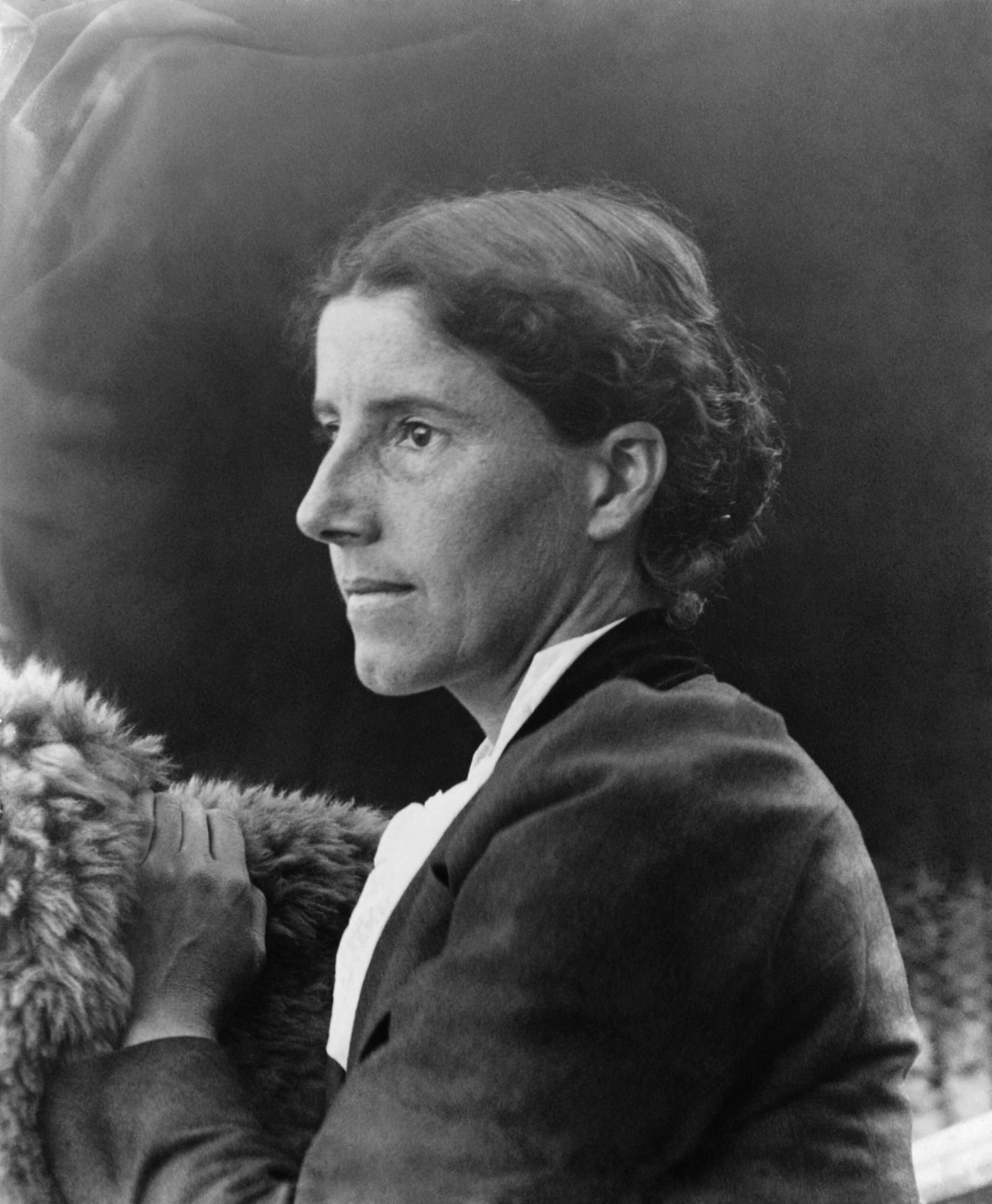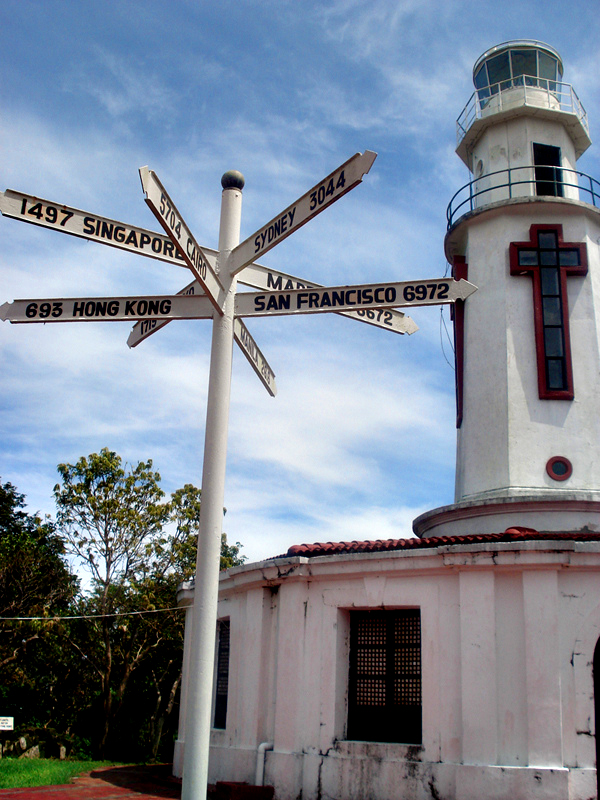|
Thomasites
The Thomasites were a group of 600 American teachers who traveled from the United States to the newly occupied territory of the Philippines on the USAT Thomas, US Army Transport ''Thomas''. The group included 346 men and 180 women, hailing from 43 different states and 193 colleges, universities, and normal schools. The term 'Thomasites' has since expanded to include any teacher who arrived in the first few years of the History of the Philippines (1898–1946), American colonial period of the Philippines. ''Thomas'' carried nearly 500 Thomasites, who arrived in Manila in August 1901. They represented 192 institutions, including Harvard (19), Yale (15), Cornell (13), University of Chicago (8), University of Michigan (24), University of California (25), Albion College (1), Alma College (2), Kalamazoo College (1), the Michigan State Normal School at Ypsilanti (now Eastern Michigan University) (6), and Olivet College (3). Foundation, purpose, and etymology The Thomasites arrived in t ... [...More Info...] [...Related Items...] OR: [Wikipedia] [Google] [Baidu] |
Taft Commission
The Taft Commission, also known as the Second Philippine Commission (Filipino language, Filipino: ''Ikalawang Komisyon ng Pilipinas'', Spanish language in the Philippines, Spanish: Segunda Comisión de Filipinas), was established by United States President William McKinley on March 16, 1900, following the recommendations of the First Philippine Commission, using presidential war powers while the U.S. was engaged in the Philippine–American War. McKinley's letter of instruction to the commission (dated April 7, 1900) defined American policies and intentions which make cultural and economic progress, acquire skill in self-government, and eventually progress to national independence. Emilio Aguinaldo, who led the Philippine war against America, wrote retrospectively in 1957 that McKinley's instructions to the commission would "prove one of the most important documents in the history of international relations." The Second Commission was at first the sole legislative body of the ... [...More Info...] [...Related Items...] OR: [Wikipedia] [Google] [Baidu] |
USAT Thomas
USAT ''Thomas'' was a United States Army transport ship purchased on 26 July 1898 for Spanish–American War service. ''Thomas'' served with the Army Transport Service (ATS) until retired in 1929. The ship was built by Harland & Wolff, Belfast and launched as ''Persia'' in May 1894 for the Hamburg-American Packet Company (Hamburg-Amerikanische Packetfarhrt Aktien-Gesellschaft (HAPAG)) with service to New York. She was bought by the Atlantic Transport Line in 1897 because she was "practically a sister" to other ''Massachusetts'' class of ships already in service there. She was renamed ''Minnewaska'' by her new owners. The United States Army Transport ''Thomas'' served in the Atlantic until fitted for Pacific service during 1899. At first the ship transported troops from New York to the Philippines via the Suez Canal with the first trip in November 1899 with 1,490 passengers. In 1900 the ship's capacity was officially given as 95 officers and 1,654 men. By 1901 ''Thomas'' wa ... [...More Info...] [...Related Items...] OR: [Wikipedia] [Google] [Baidu] |
Adeline Knapp
Adeline E. "Delle" Knapp (March 14, 1860 – June 6, 1909) was an American journalist, author, social activist, environmentalist and educator, who is today remembered largely for her relationship with Charlotte Perkins Gilman, which was likely romantic. In her lifetime, Knapp was known as a fixture of the turn-of-the-century San Francisco Bay Area literary scene. An outspoken writer who often addressed controversial topics in her columns for '' The San Francisco Call'', Knapp wrote on a wide range of subjects from livestock to the Annexation of Hawaii. Though often drawn to progressive causes like child labor and conservation, Knapp also tended to espouse reactionary views, as evidenced by her Anti-Chinese sentiments and criticisms of the women's suffrage movement. At a time when many American women were joining the movement to extend political and voting rights to women, Knapp spoke in state senate hearings in New York expressing doubts about the benefits of suffrage to wom ... [...More Info...] [...Related Items...] OR: [Wikipedia] [Google] [Baidu] |
History Of The Philippines (1898–1946)
The history of the Philippines from 1898 to 1946 is known as the American colonial period, and began with the outbreak of the Spanish–American War in April 1898, when the Philippines was still a colony of the Spanish East Indies, and concluded when the United States Treaty of Manila (1946), formally recognized the independence of the Philippines, Republic of the Philippines on July 4, 1946. With the signing of the Treaty of Paris (1898), Treaty of Paris on December 10, 1898, Spain Cession, ceded the Philippines to the United States. The interim United States Military Government of the Philippine Islands, U.S. military government of the Philippine Islands experienced a period of great political turbulence, characterized by the Philippine–American War. A series of Insurgency, insurgent governments that lacked significant international and diplomatic recognition also existed between 1898 and 1904. Following the passage of the Tydings–McDuffie Act, Philippine Independence A ... [...More Info...] [...Related Items...] OR: [Wikipedia] [Google] [Baidu] |
George Dewey
George Dewey (December 26, 1837January 16, 1917) was Admiral of the Navy, the only person in United States history to have attained that rank. He is best known for his victory at the Battle of Manila Bay during the Spanish–American War, with the loss of only a single crewman on the American side. Dewey was born in Montpelier, Vermont. At age 15, Dewey's father enrolled him at Norwich University in Northfield, Vermont. Two years later Norwich expelled him for drunkenness and herding sheep into the barracks. Summarily, he entered the United States Naval Academy in 1854. He graduated from the academy in 1858 and was assigned as the executive lieutenant of at the beginning of the American Civil War, Civil War. He participated in the capture of New Orleans and the Siege of Port Hudson, helping the Union (American Civil War), Union take control of the Mississippi River. By the end of the war, Dewey reached the rank of Lieutenant commander (United States), lieutenant commander. ... [...More Info...] [...Related Items...] OR: [Wikipedia] [Google] [Baidu] |
Manila Bay
Manila Bay (; ) is a natural harbor that serves the Port of Manila (on Luzon), in the Philippines. Strategically located around the Manila, capital city of the Philippines, Manila Bay facilitated commerce and trade between the Philippines and its neighboring countries,Jacinto, G.S., Azanza, R.V., Velasquez, I.B. and Siringan, F.P.(2006)."Manila Bay:Environmental Challenges and Opportunities" in Wolanski, E.(ed.) The Environment in Asia Pacific Harbours. Springer: Dordrecht, Netherlands. p309-328. becoming the gateway for socio-economic development even prior to History of the Philippines (1565–1898), Spanish occupation. With an area of , and a coastline of , Manila Bay is situated in the western part of Luzon and is bounded by Cavite and Metro Manila on the east, Bulacan and Pampanga on the north, and Bataan on the west and northwest.Jacinto, G.S., Velasquez, I.B., San Diego-McGlone, M.L., Villanoy, C.L. and Siringan, F.B.(2006)."Biophysical Environment of Manila Bay - Then an ... [...More Info...] [...Related Items...] OR: [Wikipedia] [Google] [Baidu] |
William McKinley
William McKinley (January 29, 1843September 14, 1901) was the 25th president of the United States, serving from 1897 until Assassination of William McKinley, his assassination in 1901. A member of the Republican Party (United States), Republican Party, he led a realignment that made Republicans History of the Republican Party (United States), largely dominant in the industrial states and nationwide for decades. McKinley successfully led the U.S. in the Spanish–American War and oversaw a period of Manifest destiny, American expansionism, with the annexations of Hawaii, Puerto Rico, Guam, the Philippines, and American Samoa. McKinley was the last president to have served in the American Civil War; he was the only one to begin his service as an enlisted soldier, enlisted man and ended it as a brevet (military), brevet major. After the war, he settled in Canton, Ohio, where he practiced law and married Ida Saxton. In 1876, McKinley was elected to Congress, where he became the ... [...More Info...] [...Related Items...] OR: [Wikipedia] [Google] [Baidu] |
William Howard Taft
William Howard Taft (September 15, 1857March 8, 1930) served as the 27th president of the United States from 1909 to 1913 and the tenth chief justice of the United States from 1921 to 1930. He is the only person to have held both offices. Taft was born in Cincinnati, Ohio. His father, Alphonso Taft, was a U.S. attorney general and secretary of war. Taft attended Yale and joined Skull and Bones, of which his father was a founding member. After becoming a lawyer, Taft was appointed a judge while still in his twenties. He continued a rapid rise, being named Solicitor General of the United States, solicitor general and a judge of the Sixth Circuit Court of Appeals. In 1901, President William McKinley appointed Taft Governor-General of the Philippines, civilian governor of the Philippines. In 1904, President Theodore Roosevelt made him Secretary of War, and he became Roosevelt's hand-picked successor. Despite his personal ambition to become chief justice, Taft declined repeated ... [...More Info...] [...Related Items...] OR: [Wikipedia] [Google] [Baidu] |
WTMP Foodtrippings D19
WTMP may refer to: * WTMP (AM), a radio station (1150 AM) licensed to serve Egypt Lake, Florida, United States * WTMP-FM, a radio station (96.1 FM) licensed to serve Dade City, Florida * Utmp, the UNIX wimp file {{Disambiguation, callsign ... [...More Info...] [...Related Items...] OR: [Wikipedia] [Google] [Baidu] |
Corregidor Island
Corregidor (, , ) is an island located at the entrance of Manila Bay in the southwestern part of Luzon in the Philippines, and is considered part of Cavite City and thus the province of Cavite. It is located west of Manila, the nation's capital city and one of its most important seaports for centuries since the Spanish colonial period. Due to its strategic location, Corregidor has historically been fortified with coastal artillery batteries to defend the entrance of Manila Bay and Manila itself from attacks by enemy warships. Corregidor (Fort Mills) is the largest of the islands that formed the harbor defenses of Manila Bay, together with El Fraile Island (Fort Drum), Caballo Island ( Fort Hughes), and Carabao Island ( Fort Frank), which were all fortified during the American colonial period. The island was also the site of a small military airfield, as part of the defense. During World War II, Corregidor played an important role during the invasion and liberation of th ... [...More Info...] [...Related Items...] OR: [Wikipedia] [Google] [Baidu] |
Intramuros
Intramuros () is the historic walled area within the city of Manila, the capital of the Philippines. It is administered by the Intramuros Administration with the help of the city government of Manila. Intramuros comprises a centuries-old historic district, entirely surrounded by fortifications, that was considered at the time of the Spanish Empire to be the entire City of Manila. Other towns and ''arrabales'' (suburbs) located beyond the walls that are now districts of Manila were referred to as ''extramuros'', Spanish language, Spanish for "outside the walls", and were independent towns that were only incorporated into the city of Manila during the early 20th century. Intramuros served as the seat of government of the Captaincy General of the Philippines, a component realm of the Spanish Empire, housing the colony's governor-general from its founding in 1571 until 1865, and the Real Audiencia of Manila until the end of Spanish rule during the Philippine Revolution of 1898. Th ... [...More Info...] [...Related Items...] OR: [Wikipedia] [Google] [Baidu] |





